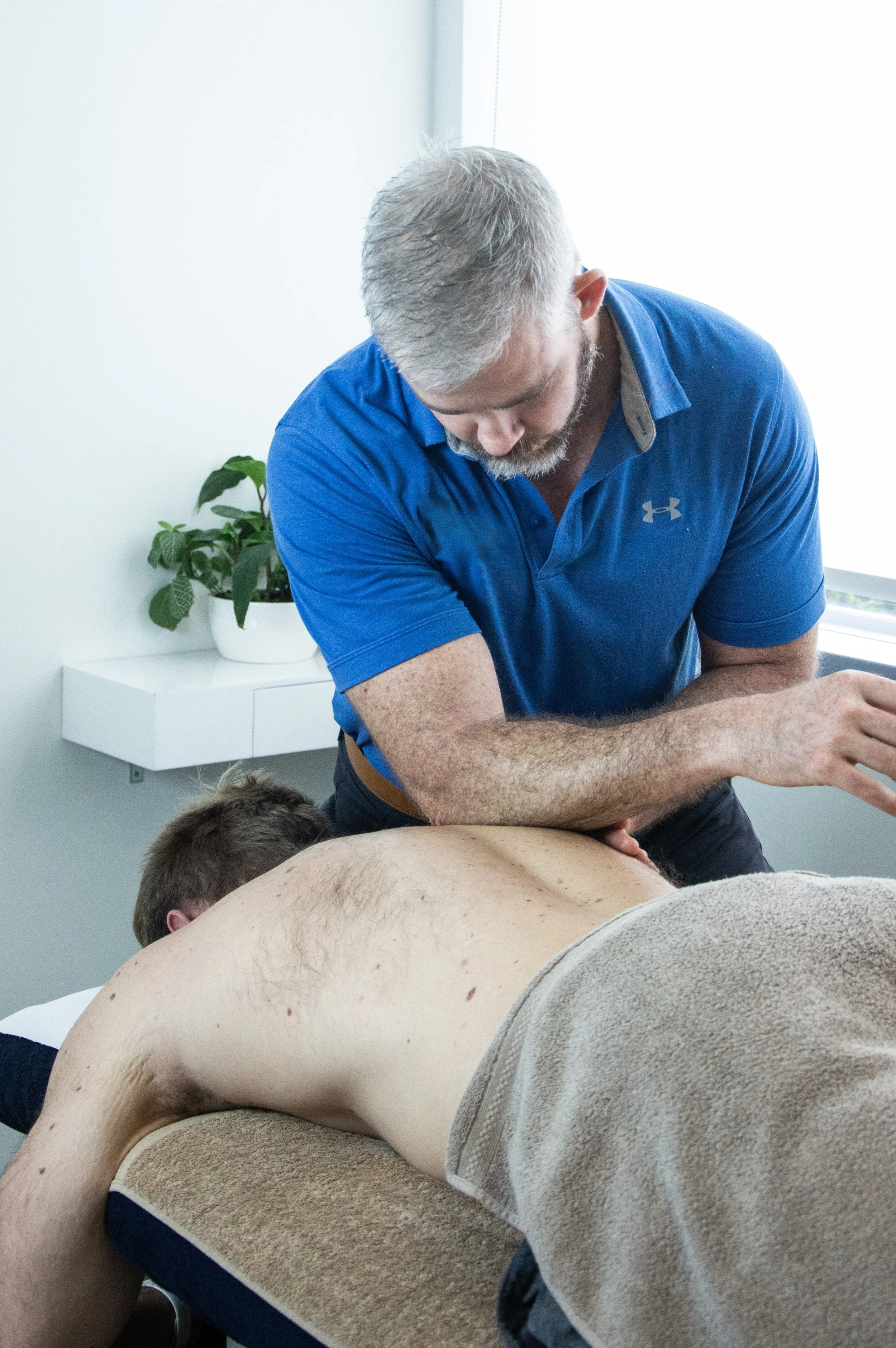Manual Therapy
What is Manual Therapy?
Manual therapy encompasses a variety of hands-on techniques designed to alleviate pain, improve mobility, and enhance overall well-being. It involves the therapeutic application of physical force by a trained practitioner on different parts of the body to optimize physical function, relieve muscular and joint pain, and potentially improve circulation and nerve function. These techniques are integral to osteopathic practice and are tailored to meet the individual needs of each patient.
Mobilisation and Manipulation
Joint Mobilisation
Joint mobilisation involves manually applying a controlled force to a joint that is typically moved passively in a specific direction. It is used to treat joint dysfunction, especially to increase range of motion, reduce pain, and alleviate muscle spasms. Studies have shown that joint mobilisation can significantly improve outcomes in patients with joint restrictions and musculoskeletal conditions.
HVLA/Manipulation
High-velocity, low-amplitude (HVLA) manipulation, also known as spinal manipulation, involves a rapid, targeted force applied to specific joints to improve mobility, relieve pain, and restore function. HVLA is particularly noted for its efficacy in treating lower back and neck pain. Clinical guidelines often recommend HVLA manipulation as an intervention for certain types of back pain.
Massage and Stretching
Massage
Massage therapy is one of the most commonly recognised forms of manual therapy, known for its effectiveness in reducing muscle tension, decreasing stress and anxiety, reducing pain, as well as being proposed to enhance blood flow. It involves the manipulation of soft tissues, such as muscles and fascia, to improve health and well-being. Research supports its benefits in reducing pain, improving range of motion, and enhancing relaxation.
Stretching
Stretching exercises are a fundamental part of manual therapy, aimed at improving flexibility, range of motion, and muscular health. Stretching is proposed to be beneficial for preventing and treating muscle stiffness and may enhance overall physical performance. Systematic reviews have found stretching to be effective in improving flexibility and are believed to reduce the risk of acute muscle injuries.
Other Modalities
Dry Needling
Dry needling involves inserting a fine needle into trigger points or tense muscles to stimulate underlying myofascial trigger points, reduce pain, and decrease muscle tension. Research indicates that dry needling can effectively treat various forms of musculoskeletal pain, including myofascial pain syndrome.
Cupping
Cupping therapy, a form of traditional Chinese medicine, involves placing cups on the skin to create suction. The suction may facilitate healing by affecting blood flow. While evidence is mixed, some studies suggest cupping can be effective in reducing chronic pain and promoting muscle recovery, though it is often used in conjunction with other treatment modalities.

